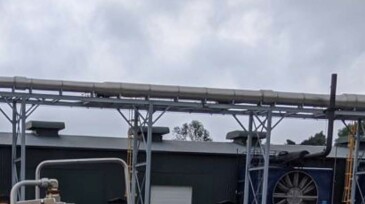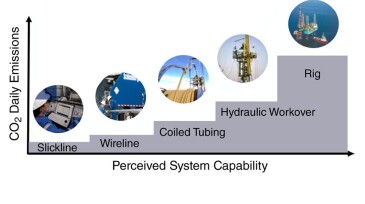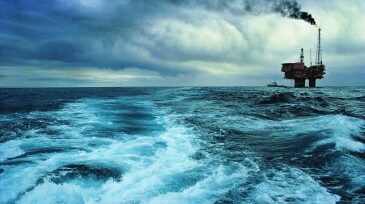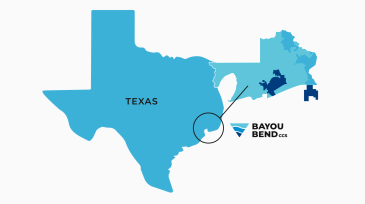Onshore/Offshore Facilities
Vår Energi ASA and partners have officially sanctioned the Previously Produced Fields Project in the Greater Ekofisk Area. The redevelopment is expected to add high-value barrels starting in 2028, extending the production life of one of Norway’s key offshore regions.
Sponsored
As HPHT wells push equipment to the edge of material limits, operators are turning to advanced thermoplastics and sealed electrical assemblies to maintain system integrity. From ESP insulation to BOP control systems, the right component design can prevent failures, lower intervention costs, and extend equipment life in the harshest offshore environments.
The new development is estimated to hold 46 million bbl of recoverable oil and is planned to start up in late 2028.
-
This paper describes a chemical-free process with a small footprint designed to capture exhaust from natural gas drive compressors and supporting gas-fueled production equipment.
-
The authors challenge the traditional planning and execution of interventions, both from an operational and commercial standpoint, and examine where room exists for significant improvement in the industry
-
The integration of new technologies and innovative approaches plays a pivotal role in driving sustainable advancements and value gains. These advancements are crucial for enhancing operational efficiency, reducing environmental impacts, and meeting the increasing global demand for natural gas as a key fuel powering the energy evolution.
-
To avoid costly interventions like sidetracking or wellbore abandonment, a check-valve system was installed near the sandface within three injector wells which prevented the mobilization of fines from the reservoir into the wellbore by stopping backflow.
-
Failure to electrify facilities in the UK North Sea could soon result in a denial of petroleum licenses and the forced closure of some offshore assets.
-
Canadian independent sees divestment occurring in the first half of 2024, putting it out of the LNG business.
-
The department says the four areas, totaling 410,000 acres, have the potential to power 1.2 million homes.
-
A total of 15 companies, including five small businesses, were recognized this year for their demonstrated advancements in the industry.
-
After becoming one of the first US independents to go big on CCS less than 3 years ago, Houston-based Talos Energy is making its exit.
-
The project advances toward the final investment decision expected this year.













